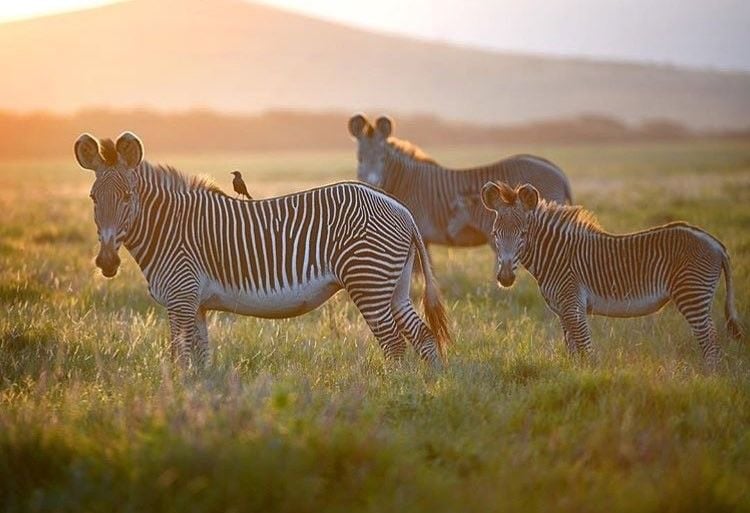Rhino horn belongs only to rhinos
Posted on
|
Do you agree with the statement: Rhino horn belongs only to rhinos? If you do agree with it, please sign the African Wildlife Foundaton’s pledge, saying “Rhion horn belongs only to rhinos”. World Rhino Day takes place on 22 September, and the AWF says we must make one thing clearer than ever: Rhino horns are not for sale. Let’s make it very clear: Rhino horns do not cure cancer or hangovers or any ailments. But the demand for rhino horn is there, as people believe it has medicinal benefits and is a symbol of high social status. Rhino horn is made of keratin – as human nails are – and it is as effective as curing cancer as chewing on your fingernails is. RHINO HORN BELONGS ON A RHINO. There are less than 6,000 critically endangered black rhinos left. Unfortunately, poachers, traffickers and consumers don’t care. We must stop them. Please give rhinos your support on this World Rhino Day. Join one of 50,000 wildlife advocates and fight for these rhinos. Sign the AWF’s pledge if you agree that rhino horn belongs on a rhino. |
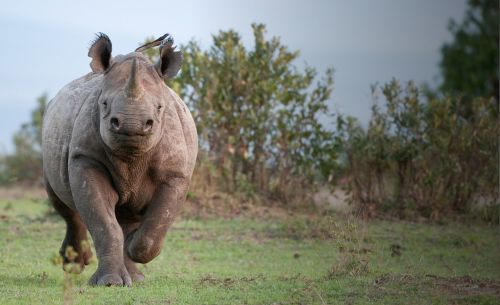
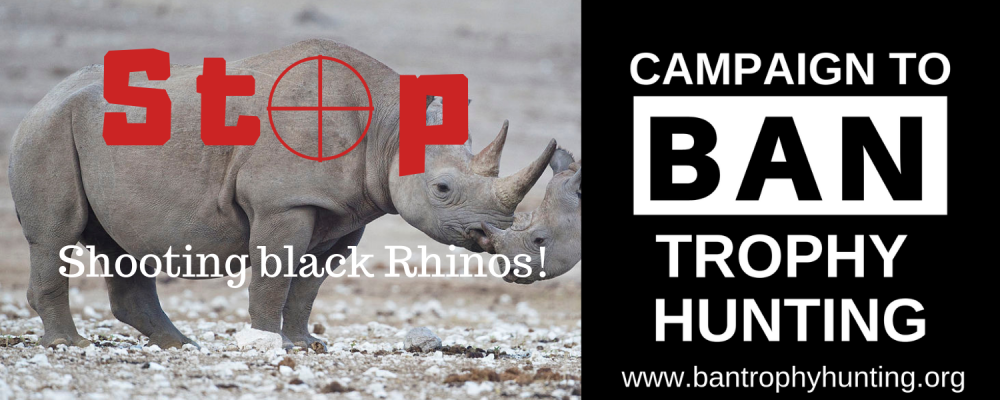
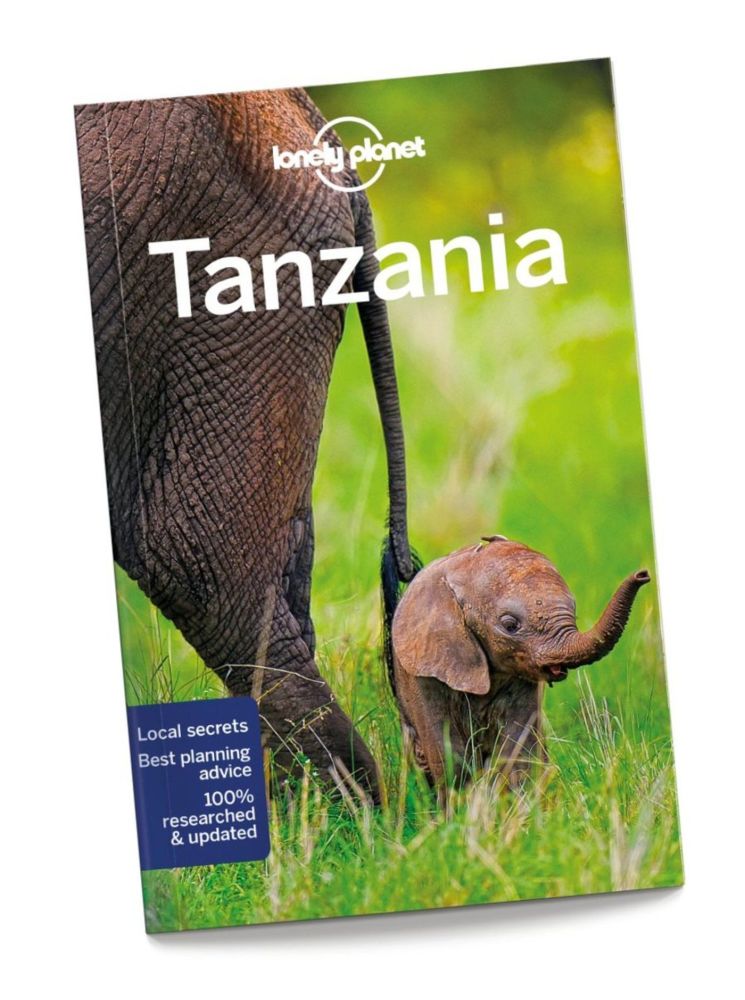
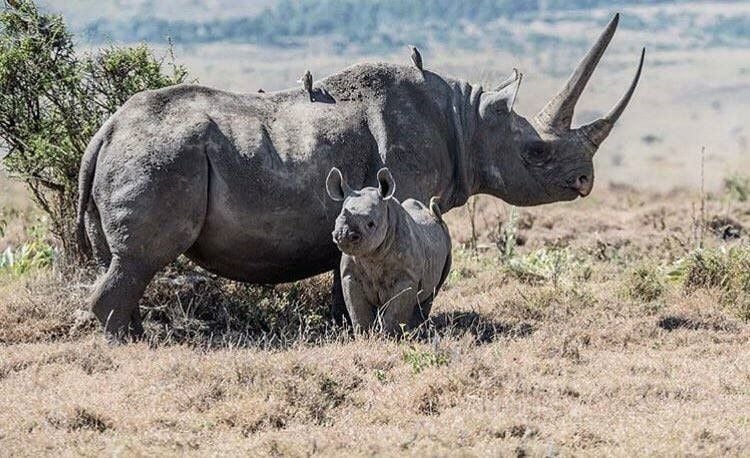 There were 17 rhino births in 2018
There were 17 rhino births in 2018